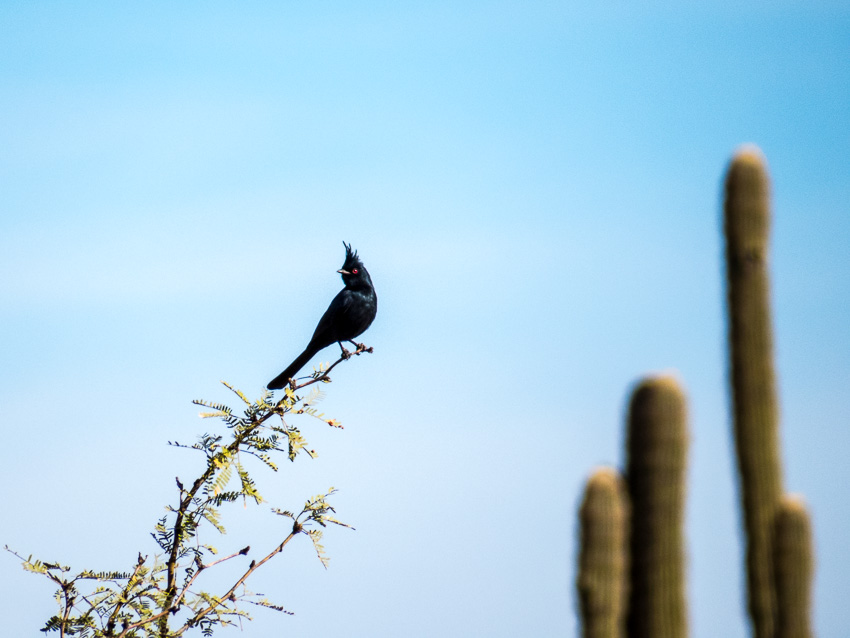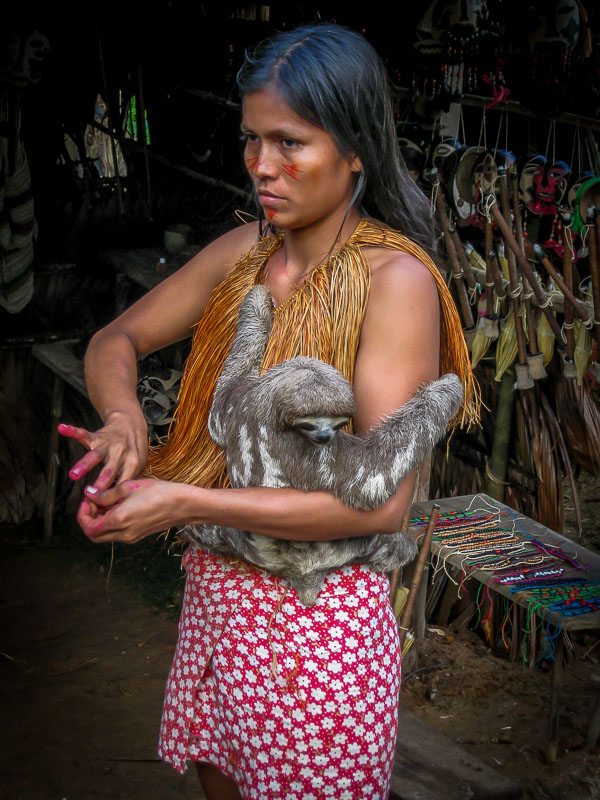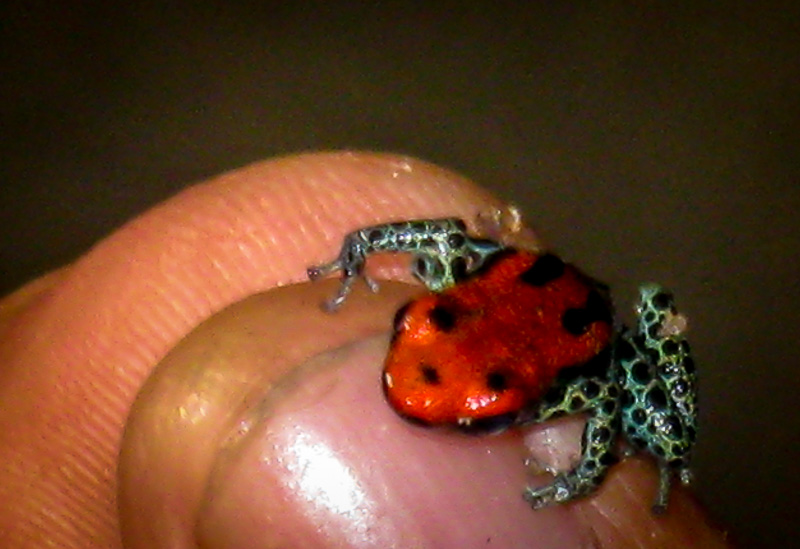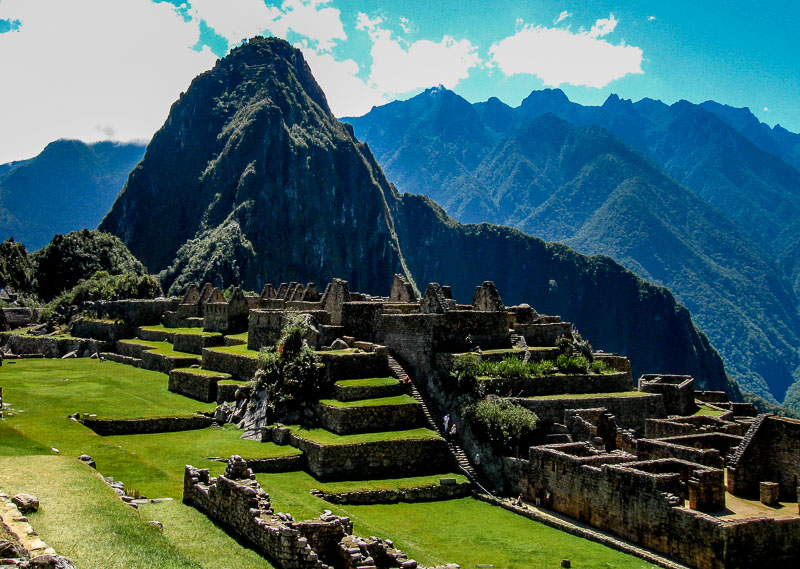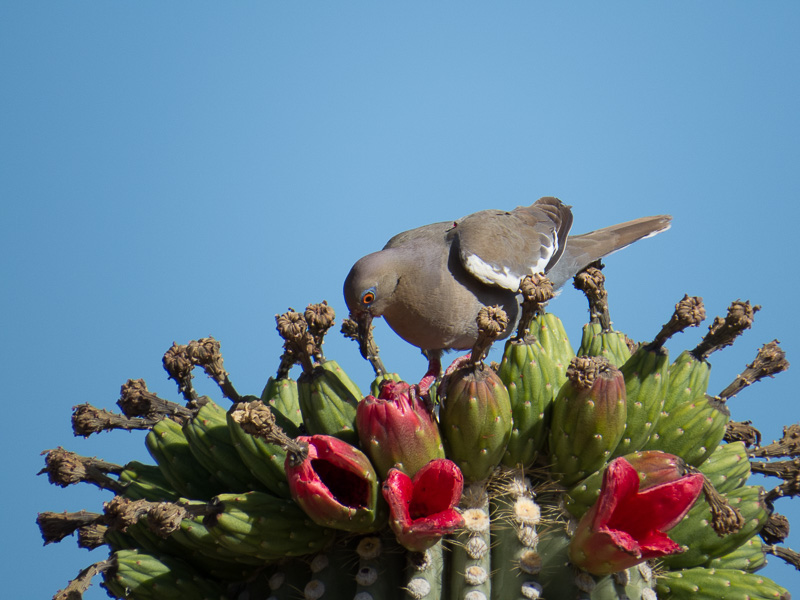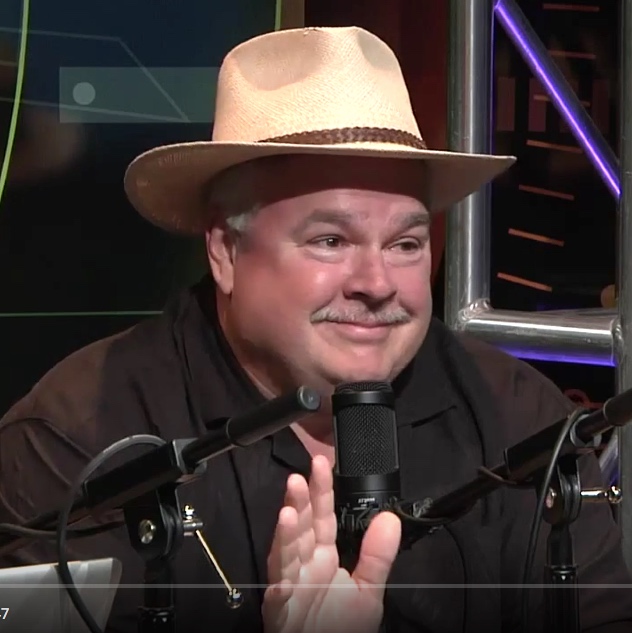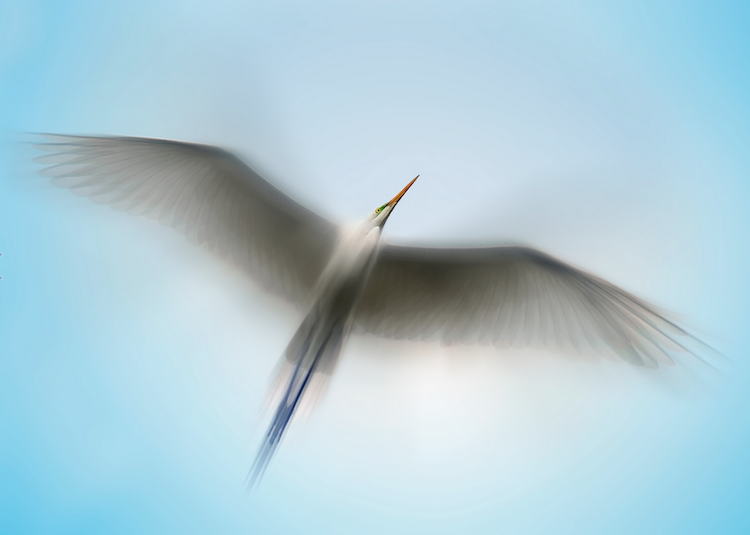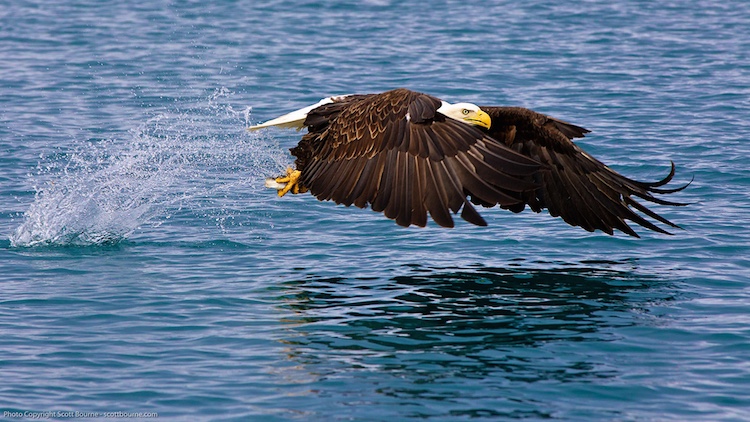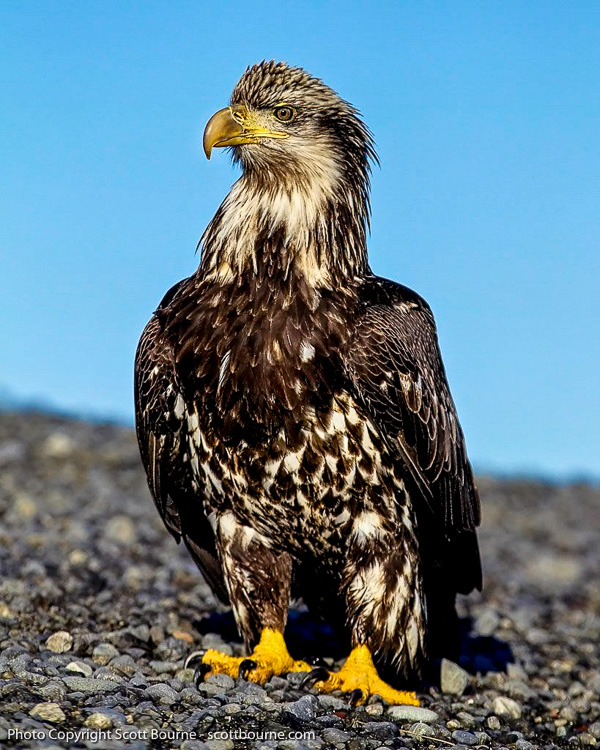Readers of JBRish know that I enjoy photography and especially bird photography. Today, however, I want to share with you the work of Tin Man Lee. NOTE – The images used in this post are all taken by Tin Man Lee or are captured via screen shot from his website with his permission. All rights are reserved.
Tin Man Lee is a very modest person. If you read his about page, you will sense his humble tone. Wildlife photography has touched his soul.
Let’s take a look at Tin Man Lee as he is accepting his award for the Grand Prize at the Nature’s Best Photography Windland Smith Rice International Awards – 2013.
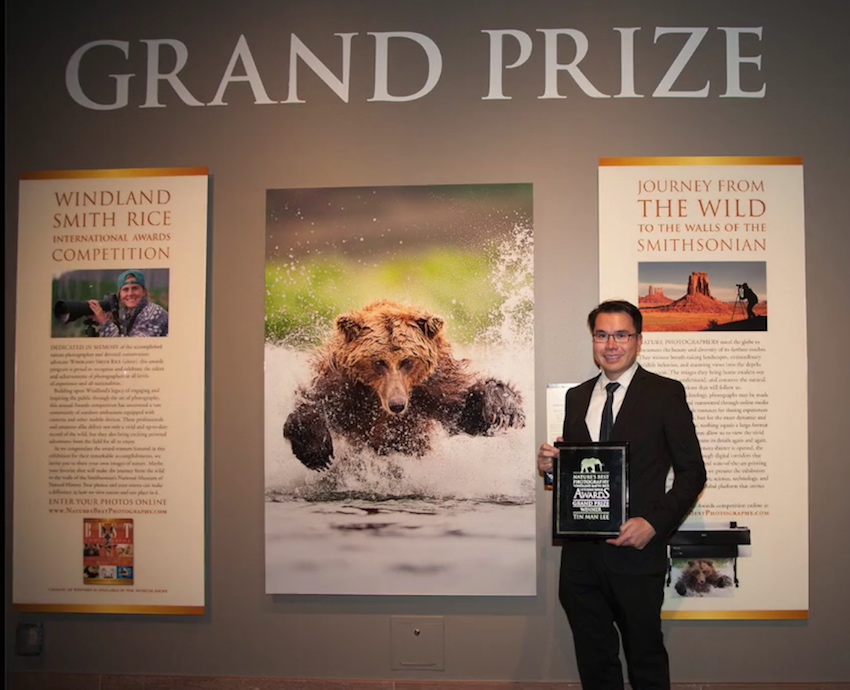
If you prefer, you can watch a brief video (below) about the exhibition and the award.
Nature’s Best Photography Smithsonian Exhibit 2014 from Tin Man Lee on Vimeo.
The award winning picture is difficult to see in the above resources so here is that picture.
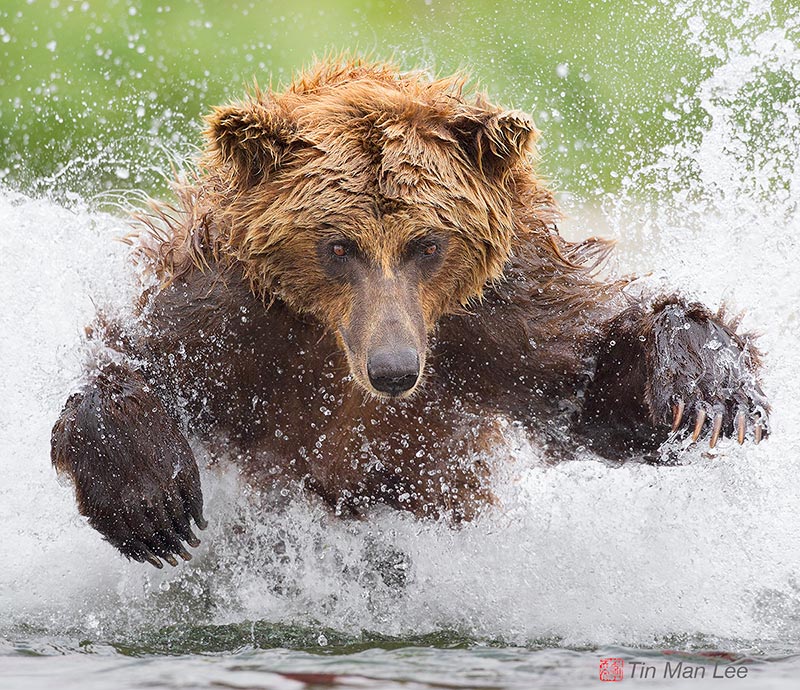
Can’t you feel the power? And look at those claws!
I had to smile when Lee explained in one of his blog posts that he was frozen in the moment as the bear was powerful and although he was relatively sure the animal was going for the salmon, he couldn’t be certain!
As you will also notice, Lee exhibits a penchant for bears
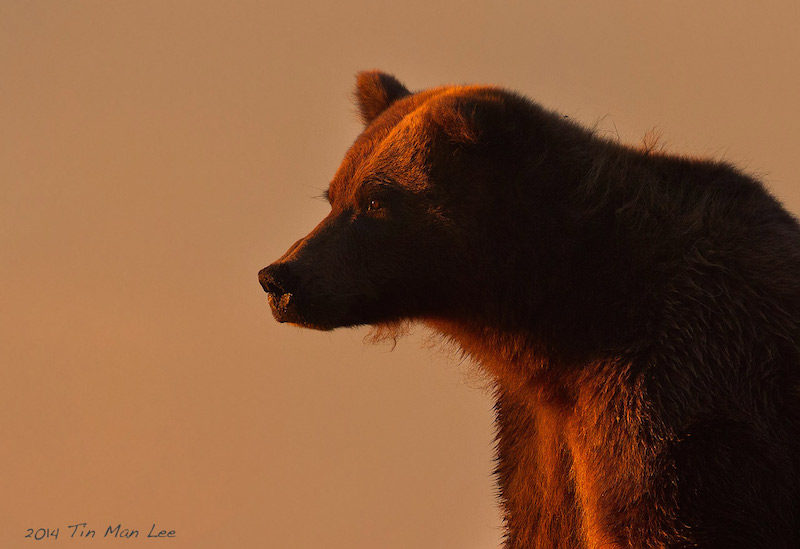
This bear is “thinking.” I can feel the bear’s intensity. The lighting is incredible!
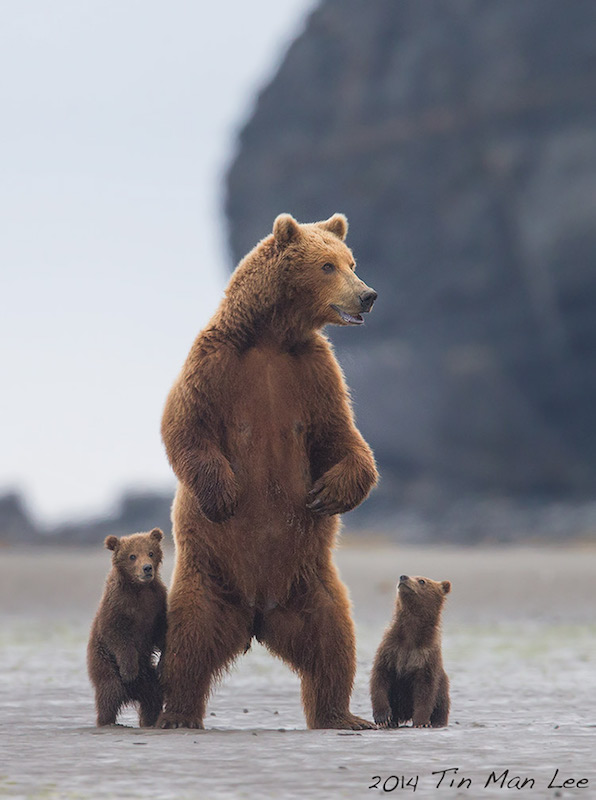
Momma bear with two cubs. She is making sure the “coast” is clear.

I don’t think a picture of any living creatures, including humans, can portray the family bond better than this one.
As you will see, Tin Man Lee is not a “one trick pony” (of course no pun intended here) as he demonstrates with his photos of birds.
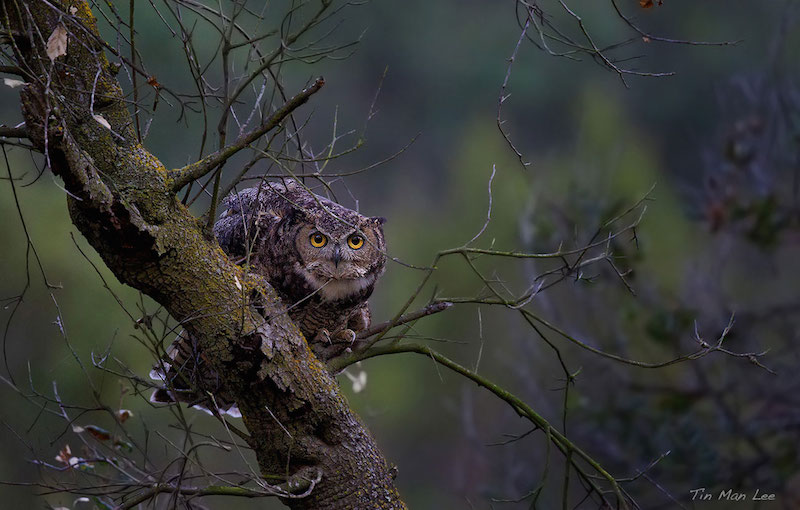
This picture not only captures the focus and concentration of this Great Horned owl, but also the ambiance of the forest. Harry Potter would be at home in these woodlands.
In an article about his firsts, Lee shows this picture as he explains how using long lenses was difficult for him as it is challenging to make sure the subject is in the frame and in focus. This shot is made all the more amazing by the subject matter and the demands of the equipment used.
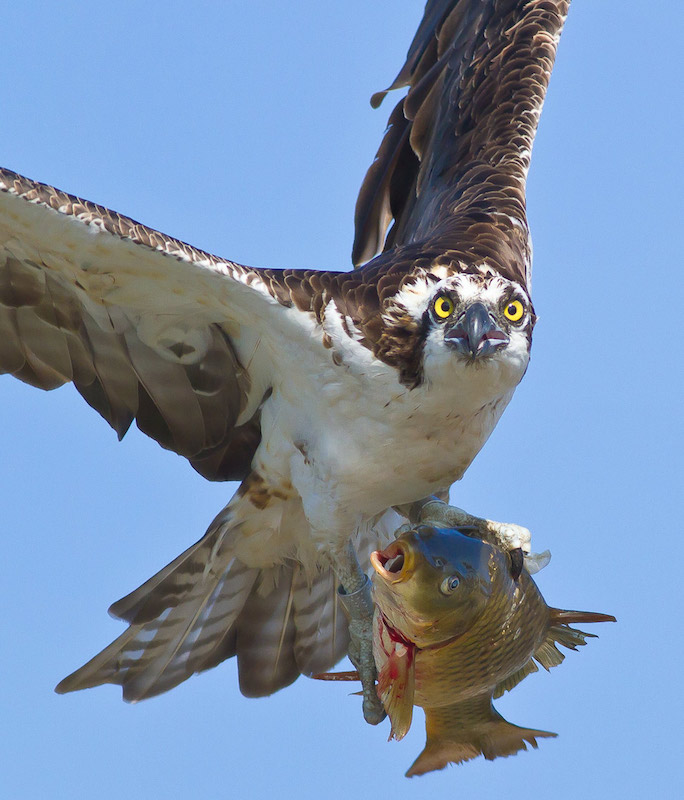
Osprey with fish
I have never met a person who did not smile when they saw a picture of an Atlantic Puffin. They are more than cute, they are endearing. Here is one in flight. Tin Man Lee was fascinated by Puffins even as a child.
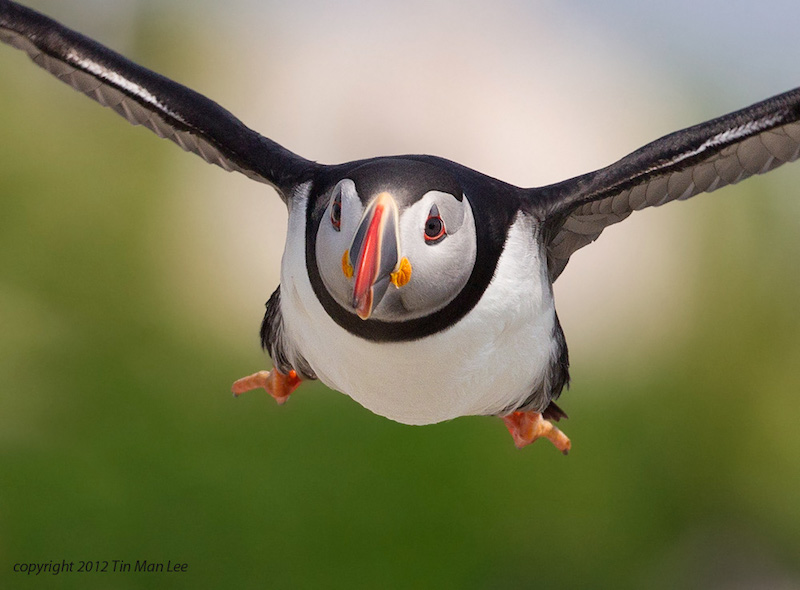
I could go on and on about Lee’s work. These pictures are amazing. Let me leave you with just these last two images which were taken from his website as screen shots.
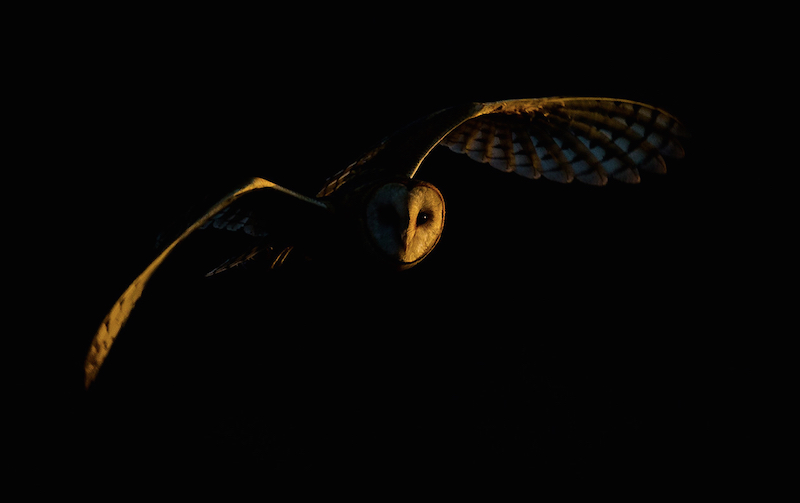
Could the lighting be more perfect to create a mood?
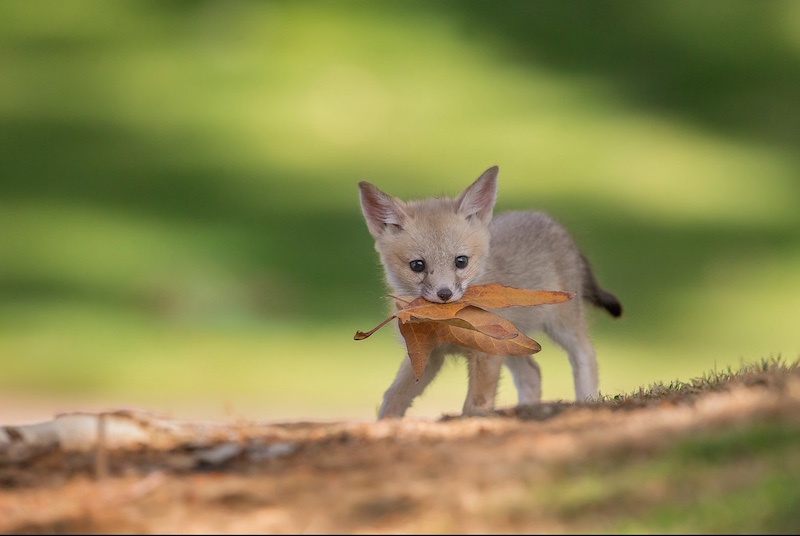
Endangered San Joaquin kit fox pup with a leaf. Central California.
One of the reasons, perhaps, that the work of Tin Man Lee is so engaging can be found on his website when he writes:
“TO BE HAPPY, ONLY DO IT FOR YOURSELF. I take pictures for my own self-satisfaction—to create images for my own enjoyment and viewing, so that I can remember special experiences with my “wild brothers and sisters.” I only go looking for the specific species I dream of photographing, and I only take photos of them the way I want—not to please anyone else but me. Nothing else really matters. It’s a way of finding myself.”
While he may be happy with his work, we are thrilled to experience these natural wonders along with him.
One of the best posts on the blog (IMHO) is Last Moments of a Bison Calf. I could feel the anguish described and for those who are sensitive, prepare to have a heartfelt experience.
Quotes from Tin Man Lee that struck a chord with me:
Speaking of his wildlife idol, Michio Hoshino, Tin Man Lee explains:”…you can feel the deep love he had with the animals he photographed.” Lee has learned well as we can feel his love and respect for the animals portrayed in his work.
“Wildlife photography is about capturing the natural behavior of wild animals in an artistic way that you prefer, and be able to tell a story and touch as many people as you can.”
“That’s when we need to learn our craft so that every time we see something, our vision and our technique come together to express what we feel in a way that touches others too. We need to learn the ‘language’ in photography to communicate.”
One of Lee’s secrets to becoming a better wildlife photographer – “B.I.F. – BIRDS IN FLIGHT Photography. It’s the mother of all action wildlife photography.” Lee continues to explain that before any meaningful wildlife photography can be practiced, the photographer must first learn the technology so that it becomes second nature.
A Final Note:
If you found these images as captivating as I have, the good news is there is much, much more on Lee’s website. I urge you to click here or on the blog tab at the top of his website. If you encounter a post in Chinese and that is not your language, scroll down and you will see many posts in English and I guarantee you will find at least one of them very inspirational. I intend to read nearly all of them.
Thanks to Tin Man Lee for giving permission to JBRish to publish his work and to share it with others via our website.
